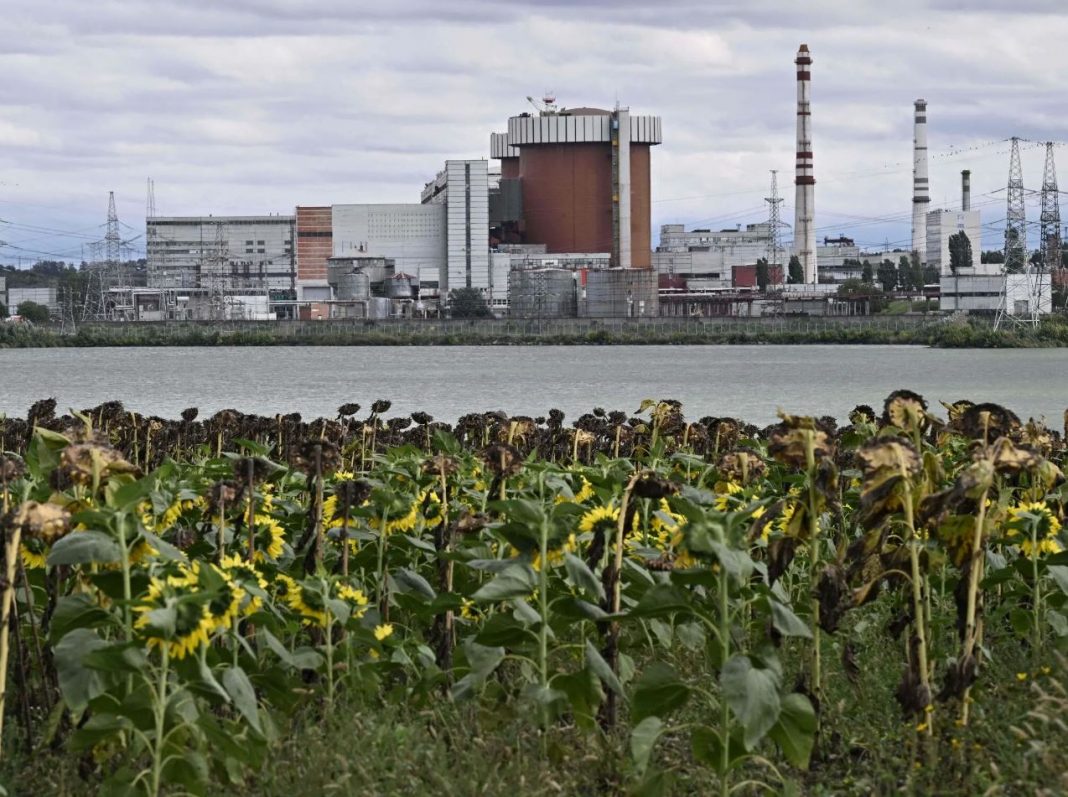Russia is not the first country to launch a military strike on a nuclear power facility that is still working during a conflict; nevertheless, it has targeted the biggest nuclear power plant in Europe. This was the United States of America some thirty years ago. The American strike on an Iraqi facility is part of a history that is not widely recognised in which foreign assailants have fired more than a dozen times against nuclear installations not only in Iraq, but also in Iran, Israel, and Syria. The strike that was carried out by the United States is a part of this history. Their assaults were aimed at putting a halt to atomic weapon development.
The 42-year history is broken down into more intense periods by analysts. In March, Russian forces assaulted the six reactors at the Zaporizhzhia power plant in Ukraine and took control of the enormous complex. As a result, the risks increased significantly. The threat of catastrophic devastation and lethal plumes of radioactive fallout has been brought to the attention of people all over the world as a result of its seizure and the continuing combat at the site.
An invading force attempting to extract economic leverage over a highly complicated power production facility is something that has never been done before in the history of warfare, which is why Russia’s siege of the Zaporizhzhia site is without precedent. However, experts believe that if policymakers and the general public are aware of earlier attacks on nuclear reactors and the opportunities that were lost to create a global ban on attacking such sites, it will be easier for them to comprehend the growing dangers and the various methods that can be used to mitigate them.
Assaults against nuclear facilities in the past were carried out for this purpose, with the goal of obliterating or derailing bomb-making efforts. The brutal dictator of Iraq, Saddam Hussein, who rose to power in the 1970s and sought to redraw the map of the Middle East, was the primary target of the ire of the warring parties in the Middle East. In particular, the combatants focused their rage on the atomic advances that Saddam Hussein was making. In an interview conducted in 1975, Saddam Hussein referred to the acquisition of a nuclear reactor as “the first Arab step toward getting nuclear armaments.”
The head of Iraq became enraged and set out to exact retribution, but only on Iran. Beginning in 1984, he sent waves of Iraqi planes to destroy two nuclear reactors that were only partially finished and lacked fuel at the Iranian port city of Bushehr, which is located on the Persian Gulf. Iran’s first foray into the realm of nuclear power was the construction of the reactors. Seven separate bombing flights were carried out by Iraqi military aircraft in all. Russia finally completed the rebuilding of one reactor, which was then activated and defended by antiaircraft weapons.
This option was taken advantage of by the United States in January 1991, when the Gulf War was just getting started. Two of the reactors of the Tuwaitha complex were chosen to be the targets. Both of the assemblies were said to be operational, which means that they had been supplied with gasoline.
A few days later, the head of the Nuclear Control Institute in Washington, Paul Leventhal, referred to the attacks on running reactors as setting a “hazardous precedent” and questioned whether or not the nation’s adversaries would pursue reprisal. In a separate statement, he questioned the level of protection that “our reactors have against an assault of this kind.”
When the time came for retaliation, Israel was singled out for attack rather than the United States of America because Israel had cheered on the allied bombardment. During the conflict in 1991, Iraq launched waves of Scud missiles against its neighbour, including five at the Dimona nuclear reactor in the Negev desert. This facility was the closely guarded core of Israel’s nuclear armaments programme, which was never recognised.
That was an original thought. The goal of the terrorists was not to prevent reactors from producing fuel for bombs; rather, they wanted to disperse the reactors’ peaceful byproducts far and wide. Their plan was to breach the protective cocoon surrounding the reactors, which would result in fuel meltdowns and the release of clouds of radioactive particles into the environment.
The former analyst for the Department of State, Mr. Ramberg, expressed his hope that the escalation in atomic horror would prompt the United States to rethink its policy regarding the attack of reactors and support a renewed global effort to shield power reactors from the devastation and uncertainty of war.

